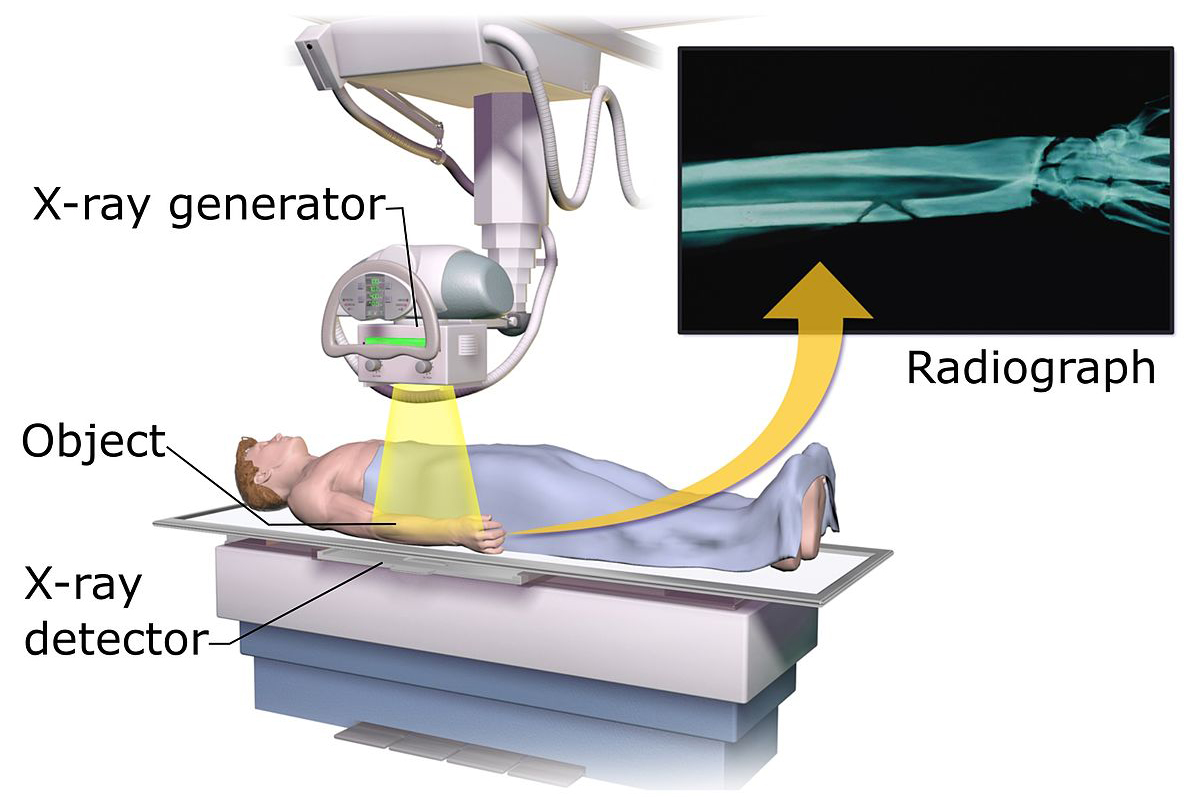General x-ray
An X-ray, or general radiology, is a painless, non-invasive procedure that creates images of a patient's internal organs or bones to aid in diagnosis and treatment...
X-Rays?
X-rays are a form of electromagnetic radiation, similar to visible light. Unlike light, however, x-rays have higher energy and can pass through most objects, including the body. Medical x-rays are used to generate images of tissues and structures inside the body. If x-rays traveling through the body also pass through an x-ray detector on the other side of the patient, an image will be formed that represents the "shadows" formed by the objects inside the body.
Production Of
X-RAYS
There are three common mechanisms for the production of X-rays: the acceleration of a charged particle, atomic transitions between discrete energy levels, and the radioactive decay of some atomic nuclei. Each mechanism leads to a characteristic spectrum of X-ray radiation.
Detection Of
X-RAYS
Photographic film was used by Röntgen as one of the first X-ray detectors, and this simple technique remains in wide use in medical applications. The process of exposure is initiated by X-ray photons ionizing radiation-sensitive silver halide crystals in an emulsion on the film surface.



